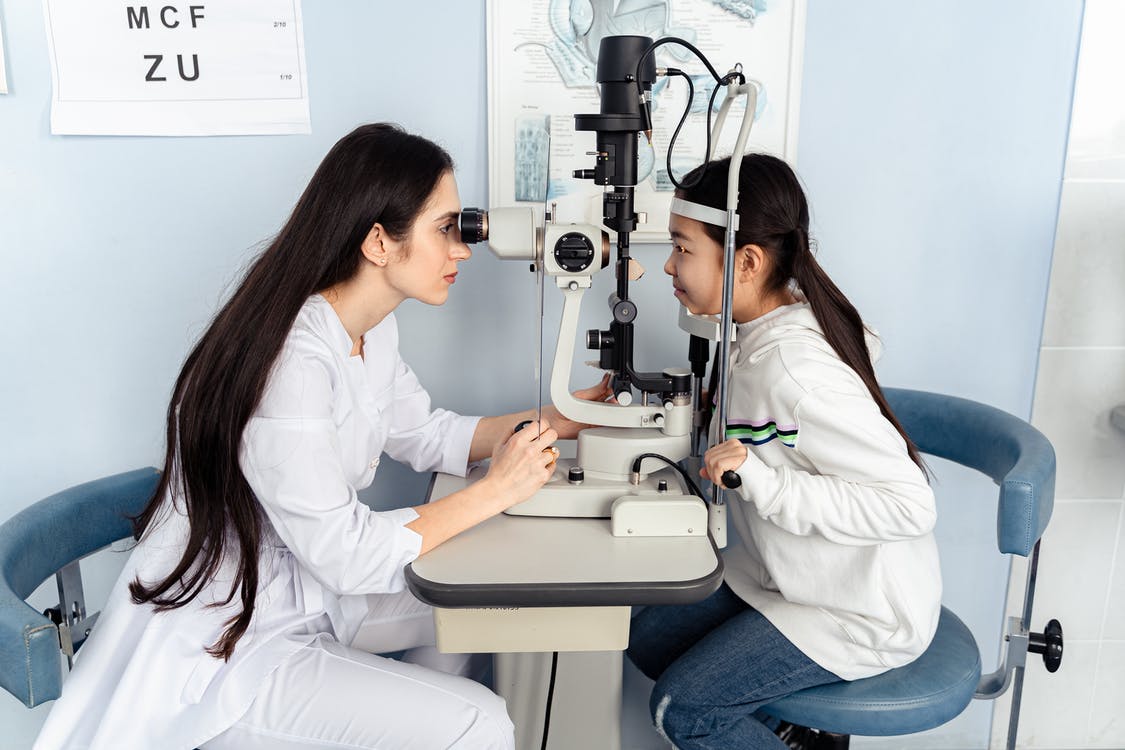
Most Common Preventative Measures for Vertigo and TinnitusMost Common Preventative Measures for Vertigo and Tinnitus
People who suffer from vertigo and tinnitus describe it as feeling like the world is spinning. It could make you feel tilted, rocked, unstable, or shaky. Furthermore, standing up, walking, or moving your head can intensify these uncomfortable symptoms. Therefore, those experiencing these symptoms frequently describe physical exhaustion and heaviness. Occasionally, the sensations can be so extreme that they cause you to vomit or feel queasy.
Prevention and Treatment Options for Vertigo and Tinnitus
A stroke or another dangerous problem could be signaled if you have frequent episodes of dizziness and vertigo and trouble walking, hearing, or speaking. Here are some essential tips for treating and avoiding vertigo and tinnitus.
Observe Healthy Fundamentals
Workout, a sensible diet regimen, hydration, sleep management, and a regular hearing test can all help you keep your heart and mental health issues in check, reducing the risk of vertigo. Migraine management strategies can likewise be helpful in this situation. Indeed, a vertigo and tinnitus journal is essential for you and your doctor to recognize patterns and treatments.
A vestibular expert can undertake simple yet efficient treatments to reposition the microscopic calcium crystals in the inner ear that can induce vertigo or tinnitus if they become dislodged. To have a detailed understanding of this, see Rock Steady for a comprehensive guide about vertigo and tinnitus onine therapy.
Practice Home Therapy and Medication
When experiencing vertigo or tinnitus, it’s best to rest or lie down until the symptoms subside, so you don’t fall over. To trick your brain into conceiving that your body is genuinely immobile, fix your focus on a single, fixed location and compress your arms or feet into the ground or furniture. See tinnitus home management practice under Seeking Balance for a more in-depth explanation of this.
Some relief can be gained through medication, but it will not fix the problem. When used seldom or excessively, over-the-counter medicines for dizziness might lead to return effects or severe side effects.
Proper Stress Management
Stress can play a role in some tinnitus and vertigo-inducing illnesses, such as Meniere’s illness. Vertigo bouts may be reduced if you learn how to deal with stressful situations. You can start by practicing meditation and deep breathing exercises.
In addition, the sources of long-term stress aren’t always something you can eliminate from your life, and you can not just breathe through them. Thus, tinnitus and vertigo symptoms may be reduced simply by becoming aware of what is giving you tension. Check out Seeking Balance to learn more about guided medication for dizziness.
Take Vitamin D
It’s possible that your vertigo is linked to a deficiency in nutrients in your diet. According to a research study, a lack of vitamin D may heighten symptoms in those with tinnitus and vertigo, the most prevalent cause of dizziness. For this reason, a bottle of fortified milk, citrus fruits, canned fish, and even egg yolks will increase your vitamin D levels. More so, make sure your physician has inspected or tested your vitamin D levels to see whether you need to increase your intake or if you should take a supplement.
Outlook
The occurrence of vertigo and tinnitus is not a diagnosis but a sign of a more severe problem if it occurs frequently. Short-term relief from dizziness might be found in the comfort of one’s home. On the other hand, it’s vital to find the root source of their symptoms for those who continue to suffer from vertigo. You may be sent to an expert or neurologist for additional testing, or you may be able to have a diagnosis from your family practitioner.

